What Are The Various Varieties Of Cloud Computing?
But each IT system becomes a hybrid cloud when apps can transfer in and out of a number of separate—yet connected—environments. At least a couple of of those environments have to be sourced from consolidated IT sources that can scale on demand. And all these environments need to be managed as a single environment utilizing an built-in administration and orchestration platform. Private clouds are loosely defined as cloud environments solely dedicated to a single end user or group, the place the surroundings normally runs behind that consumer or group’s firewall. All clouds turn into private clouds when the underlying IT infrastructure is dedicated to a single buyer with fully isolated entry. A cloud-based utility is fully deployed in the cloud and all components of the appliance run in the cloud.

In addition to learning extra about cloud computing trends, applied sciences, and applications, you’ll complete a hands-on project with IBM Cloud and earn a shareable certificate upon completion. This subsequent part defines generally used buzzwords surrounding the benefits of cloud computing technology. The following part outlines a few elements you can consider the building blocks of cloud technology. You can consider these terms as the muse on which you may construct your cloud computing experience.
What Are Personal Clouds?
This kind of mannequin allows the person more flexibility and helps optimize the consumer’s infrastructure and security. The main difference between cloud and traditional hosting lies in scalability and flexibility. Cloud internet hosting offers dynamic scalability and adaptability, allowing resources to be adjusted based on demand. On the other hand, traditional hosting typically presents a fixed quantity of resources on a server, and scaling up requires physical changes to the server configuration, typically leading to downtime and less flexibility.

Cloud providers handle the infrastructure and platforms that run the functions. Cloud users don’t manage the cloud infrastructure and platform where the applying runs. This eliminates the want to install and run the applying on the cloud consumer’s own computers, which simplifies maintenance and help.
The Method To Turn Out To Be A Cloud Engineer In 2024? A Complete Information
The main cloud service providers will give you access to a global network of areas and locations. Each continually striving to enhance their networking infrastructure to provide higher bandwidth and faster download times. A non-public cloud deployment will give you many of the similar benefits of public cloud, including self-service and scalability. When in comparability with public cloud, additionally, you will have greater management and customization of the companies you consume inside your private cloud. This means you probably can implement a higher level of safety and privateness – ideal if you’re working in an trade the place compliance is a requirement. Private cloud is the availability of computing companies for a single group entry over the internet or a personal inner community.
The organization’s inside sources often handle personal clouds restricted to anybody outdoors the corporate. This sort of cloud computing provides advantages corresponding to scalability, self-service, and elasticity. Additionally, the shopper takes benefit of extra sources such as controls, security, and customizations. Consider components like value, scalability, management, safety, and the particular requirements of your business or project.
Featured Cloud Services
Customers can provision, configure and function the servers and infrastructure sources by way of a graphical dashboard, or programmatically through utility programming interfaces (APIs). The capability provided to the consumer is to make use of the provider’s purposes running on a cloud infrastructure. The purposes are accessible from varied client devices via both a skinny consumer interface, such as a web browser (e.g., web-based email), or a program interface. The functionality provided to the patron is to deploy onto the cloud infrastructure consumer-created or acquired applications created utilizing programming languages, libraries, services, and instruments supported by the provider.
SaaS solutions usually come as ready-to-use applications, that are managed and maintained by the cloud service supplier. IBM has a broad menu of IaaS, PaaS and SaaS offerings to meet your company’s wants up and down the stack. IBM’s wealthy and scalable PaaS options help organizations develop cloud native purposes from scratch, or modernize present applications to profit from the flexibility and scalability of the cloud.
Application programming interfaces, or APIs, simplify software improvement and innovation by enabling purposes to exchange knowledge and functionality simply and securely. Today, anybody who uses a or cell phone virtually certainly makes use of some form of SaaS. Email, social media and cloud file storage options (such as Dropbox or Box) are examples of SaaS purposes people use every day of their private lives. In one report, a significant proportion of skilled cloud customers mentioned they thought upfront migration costs finally outweigh the long-term savings created by IaaS.
‘As a service’ refers back to the method IT property are consumed in these offering and to the essential difference between cloud computing and conventional IT. In traditional IT, a company consumes IT assets—hardware, system software program, growth instruments, applications—by buying them, putting in them, managing them and maintaining them in its personal on-premises data heart. Serverless computing is a cloud computing code execution model during which the cloud provider totally manages beginning and stopping virtual machines as necessary to serve requests. Cloud computing is reaching the purpose the place it is prone to account for extra of enterprise tech spending than the normal forms of delivering applications and services in-house which have been around for decades.
- Cloud providers manage the infrastructure and platforms that run the functions.
- The user has access through an API or dashboard, and primarily rents the infrastructure.
- These ‘time-sharing’ providers had been largely overtaken by the rise of the PC, which made owning a computer far more reasonably priced, after which in turn by the rise of company information centres where corporations would retailer huge amounts of knowledge.
- Every facet of your VM can be configured to meet the unique compute requirements of your small business – operating system, variety of cores, location, connected storage.
SaaS apps are usually internet applications or mobile apps that customers access through an internet browser, connecting to the applications by way of dashboards or APIs, with the provider responsible for updates and bug fixes. Additionally, SaaS eliminates the need for putting in software regionally on users’ computer systems. SaaS additionally allows more important opportunities for team and group collaboration, making the process easier and smoother. Although IaaS is often the first cloud-based service that cloud-using neophytes begin with, SaaS is the most used service. Examples include DocuSign, Dropbox, Google GSuite, MailChimp, Microsoft Office 365, Salesforce, and Slack.
For occasion, conventional knowledge centers require power provides and cooling methods, which rely upon large quantities of electrical power. By migrating IT sources and functions to the cloud, organizations only improve their operational and value efficiencies but also increase total power cloud solutions efficiency via the use of pooled CSP sources. Hybrid cloud is just what it sounds like—a combination of public cloud, non-public cloud and on-premises environments. Specifically (and ideally), a hybrid cloud connects a combination of those three environments into a single, flexible infrastructure for running the organization’s functions and workloads.
Cloud-based software offers firms from all sectors an quite a lot of benefits, together with the ability to make use of software program from any gadget either via a native app or a browser. As a outcome, customers can carry their recordsdata and settings over to different units in a very seamless method. Cloud architecture,[88] the methods architecture of the software methods involved in the delivery of cloud computing, typically entails a number of cloud elements communicating with each other over a free coupling mechanism similar to a messaging queue.
Cloud computing takes all the heavy lifting concerned in crunching and processing data away from the device you carry round or sit and work at. The Internet turns into the cloud, and voilà—your knowledge, work, and purposes are available from any gadget with which you can connect with the Internet, anywhere in the world. Cloud computing is a well-liked option for people and businesses for a variety of causes including price savings, increased productiveness, speed https://www.globalcloudteam.com/ and effectivity, efficiency, and safety. Rather than preserving information on a proprietary onerous drive or native storage gadget, cloud-based storage makes it potential to keep away from wasting them to a distant database. As lengthy as an electronic system has access to the online, it has entry to the info and the software applications to run it. All kinds of cloud computing share frequent traits and advantages despite their differences.
SaaS offers software purposes on a subscription basis, accessible via an online browser. Users needn’t set up or maintain software program domestically, making it best for collaboration instruments (e.g., Microsoft 365, Google Workspace) and CRM systems (e.g., Salesforce). Understanding the varied cloud computing fashions is essential for leveraging their full potential.
The traditional cloud service model pillars – IaaS, PaaS, SaaS – have grown over time to embody such a vast array of further choices that we at the second are getting into an period of ‘Everything as a Service’. An enterprise-ready Kubernetes container platform with full-stack automated operations to handle hybrid cloud, multicloud, and edge deployments. A hybrid deployment is a approach to connect infrastructure and purposes between cloud-based resources and current assets that aren’t located in the cloud.
